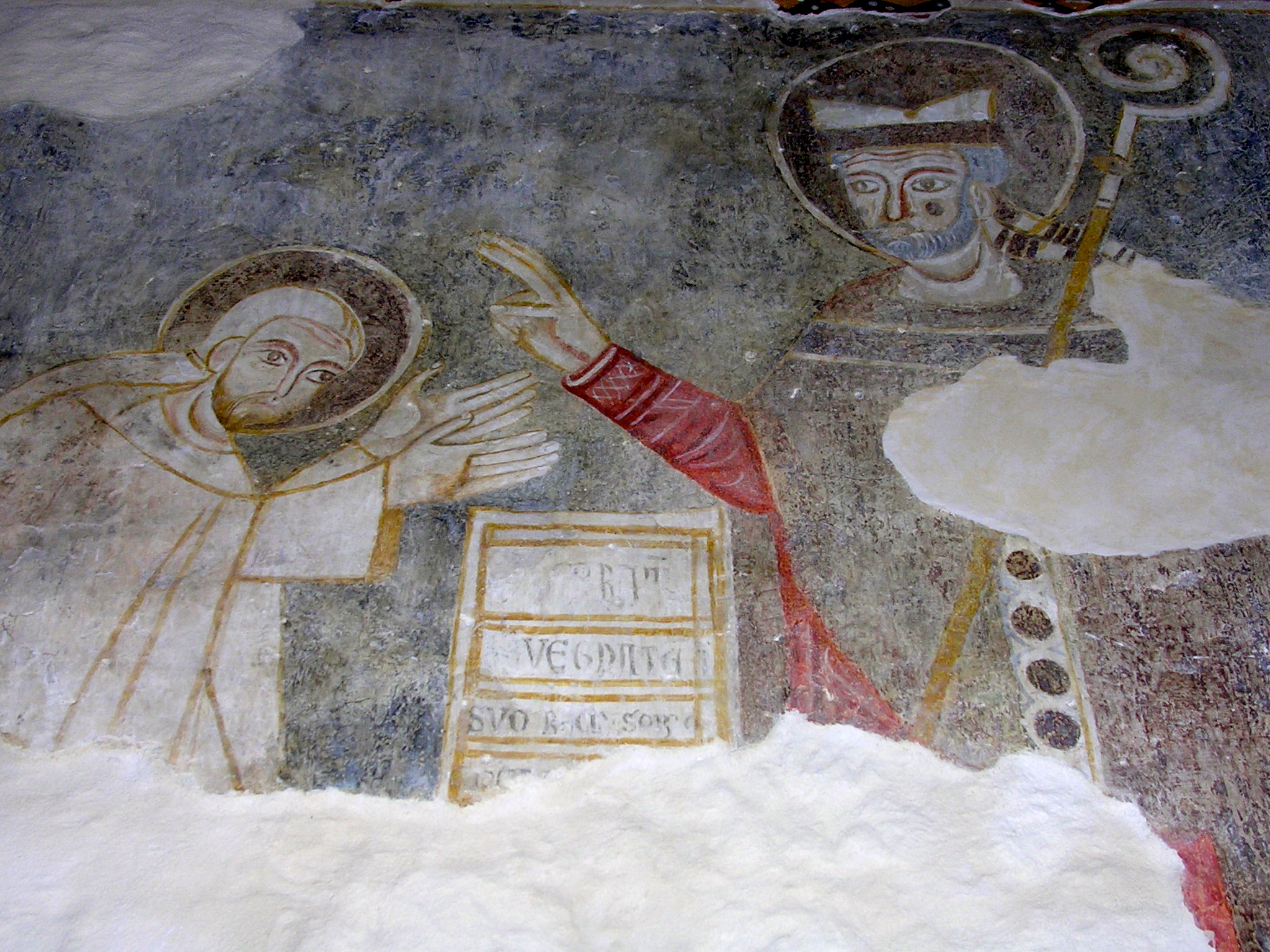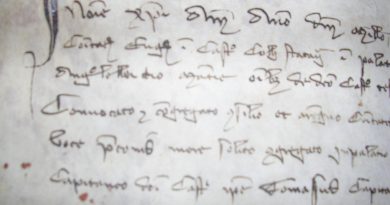The refused canonization of a Templar saint
It was on the 13th of October 1307 when the King of France, Filippo il Bello, ordered the arrest of the Templar Knights. The monks who belonged to the order were imprisoned and tortured, including the Great Master Jacques de Molay. Their property was confiscated, and all archives and documents were destroyed, making the task of reconstructing the true story of the Templars a difficult one.
However, through the recovery of forgotten stories and through the study of minor characters, it is still possible to uncover interesting details, and even run into unexpected truths.

As is the case of St. Bevignate, to whom the Templars dedicated in 1260 the new church in Perugia, today considered one of the most interesting buildings of the Knights Order in Europe, whose interior was decorated with original frescoes that were recently restored.
Little to nothing is known, however, about the figure of Bevignate. He was a hermit who was never canonized by the Pope despite the many enduring supplications by the Commune of Perugia. The Church promptly denied the demands, despite the support of the Templars and the most revered monk among all the knights from Assisi, fra’ Bonvicino, who at that time was the papal bodyguard (cubicularius).

Despite the refusal to canonize Bevignate, the inhabitants of Perugia continued to worship him as a saint.
Despite their failure, the municipal authorities did not lose heart and in 1453 decided to self-declare the sanctity of Bevignate, drafting a kind of secular canonization, a document very similar in style to that of a papal bull, in which it was written: “He was born and lived in our countryside and ended his life piously in the same city, and although he is not written of in the catalog of saints, regarding the sanctity of his life and frequency of the many miracles performed, in life and in death, there is no doubt that he is among the saints in the glory of paradise.”
Today, after so many centuries, we wonder how it is possible that the Templars of Perugia dedicated their new church to a saint who was never recognized as such by the Pope. It seems almost an affront, a challenge, or at the very least a bold and independent statement by an order of knights created to be at the service of the pope, and by the Guelph Commune of Perugia, always allied with the Roman Church.




